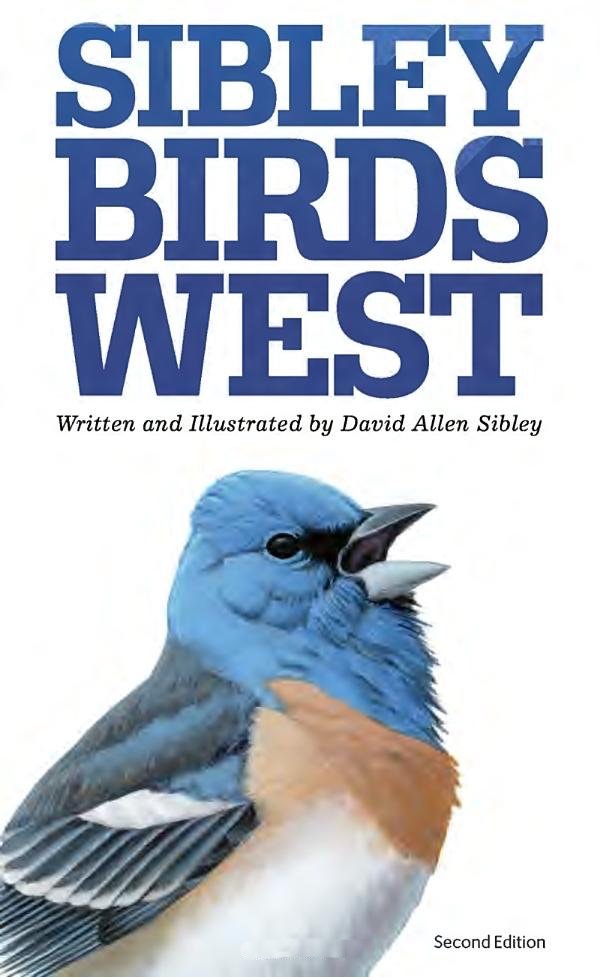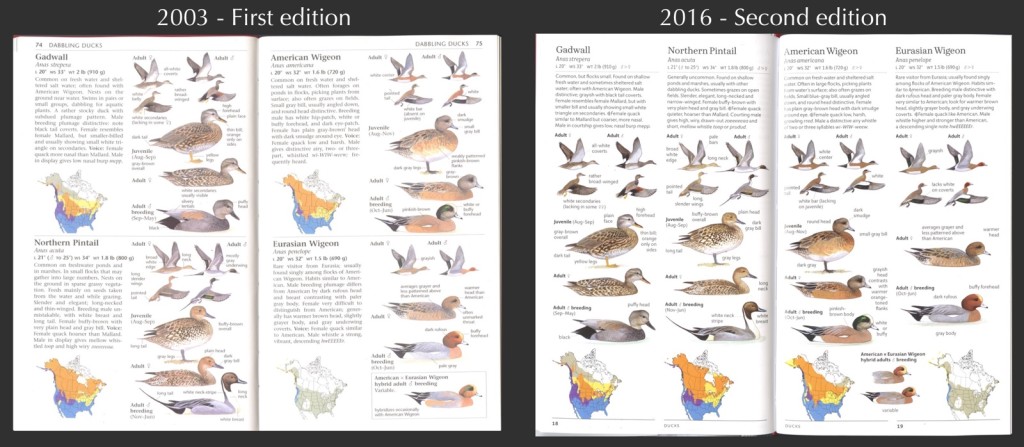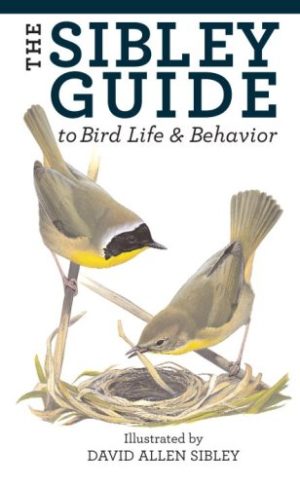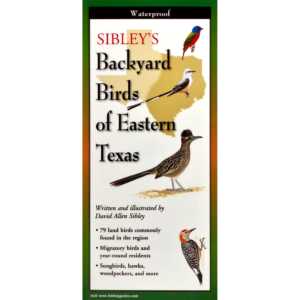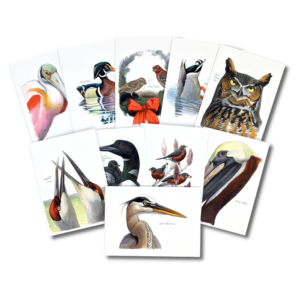Books that are sold directly through this website are always signed, and can also be personalized according to your instructions (for example “to John James, Happy Birthday!”). At checkout you will see a box where you can enter any special instructions for an inscription, and I will take care of that before I ship the books.
To see a list of books that are sold through this website click here. (Prints are also sold directly here and all are signed)
If you would like a signed copy of a book that is not sold here, the easiest way is to check my events schedule and contact the bookstore at one of my upcoming events. Most stores will be happy to take your order for a book with inscription and shipping, and I will sign the book when I am at the store.
If you already own a book and would like it signed, you can catch up to me in person at one of my events and I will be happy to sign it.
A “flexibound” binding is a flexible cover that is thicker than a typical paperback and extends beyond the page edges. It is intermediate between the traditional “paperback” and “hardcover” styles, and many sellers simply list it as one of those categories, causing some confusion.
The new second editions of the Eastern and Western Field Guides use the revised art, text, and maps from the Second Edition of the Sibley Guide to Birds (see this page for info about what was changed in that book).
The new editions are the same size as the 2003 versions, but the layout is changed to match the format of the larger Sibley Guide to Birds, with each species in a vertical column – name at the top, map at the bottom, etc. – making comparisons much easier.
And these books even have some revisions beyond what was included in the second edition of the Sibley Guide to Birds (2014). The text of many species is updated to reflect specific details for eastern or western observers. Taxonomic changes since 2014 are included, such as the split of Ridgway’s Rail. Several introduced species are added. Pin-tailed Whydah is added to both books based on breeding records in California and Florida, and Japanese White-eye, Cinnamon-rumped Seedeater, Bronze Mannikin, and Orange-cheeked Waxbill are added to the Western Guide based on records in California.
New and improved features include:
- Updated habitat, description, behavior, and conservation text for each species account and all family pages.
- New and revised illustrations of species and regional forms.
- New design featuring species accounts in columns, allowing for better comparison and more illustrations and text.
- Current taxonomic order and up-to-date common names.
- All maps revised to reflect the most current range information.
- More species and rarities included
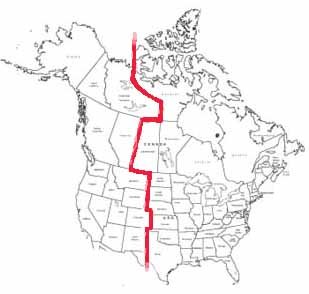
The Eastern and Western Guides were carefully planned to avoid dividing states. The Rocky Mountains form a natural biological and climatic division of the continent, and basically any state or Province entirely east of the Rocky Mountains will be covered by the Eastern Guide, while states and provinces in, or west of, the Rockies will be covered by the Western Guide. (Also see Which states are covered by the Eastern and Western Guides).
The only exception to this is the state of Texas, which has such a broad east-west axis that the only practical way to divide these guides was to put the ‘Trans-Pecos’ Big Bend country in the western guide, and the rest of the state in the east.
There is a great deal of overlap in the two guides, with over 650 species in the Eastern Guide and over 700 in the Western. But simply counting species gives a false impression, since many eastern species that are rare in the west are treated only briefly in that guide, and vice versa.

Eastern Guide works best in:
- Alabama
- Arkansas
- Connecticut
- Delaware
- Florida
- Georgia
- Illinois
- Indiana
- Iowa
- Kansas
- Kentucky
- Louisiana
- Maine
- Manitoba
- Maryland
- Massachusetts
- Michigan
- Minnesota
- Mississippi
- Missouri
- Nebraska
- New Brunswick
- New Hampshire
- New Jersey
- New York
- Newfoundland and Labrador
- North Carolina
- North Dakota
- Nova Scotia
- Nunavut
- Ohio
- Oklahoma
- Ontario
- Pennsylvania
- Prince Edward Island
- Quebec
- Rhode Island
- Saskatchewan
- South Carolina
- South Dakota
- Tennessee
- Texas (except in west Texas)
- Vermont
- Virginia
- West Virginia
- Wisconsin
Western Guide works best in:
- Alaska
- Alberta
- Arizona
- British Columbia
- California
- Colorado
- Idaho
- Montana
- Nevada
- New Mexico
- Northwest Territories
- Oregon
- Texas (only in west Texas)
- Utah
- Washington
- Wyoming
- Yukon Territory
The most significant biological division in North America is the Rocky Mountains and related ranges, from Big Bend in western Texas to the Alaska Range. If you want a book for a state or province that does not include any of the Rocky Mountains or farther west, you should buy the Eastern Guide (except Texas, keep reading). Each book includes every species expected in the states and provinces that it covers, so, for example, the entire state of Colorado is covered in the Western Guide, and the entire state of South Dakota is covered in the Eastern Guide. The only exception is Texas. Almost all Texas birds are included in the Eastern Guide, and that book would be the best choice for most Texas birders, but a few species common in west Texas are only shown in the Western Guide.
- Hawaii, Mexico, The Bahamas, etc. are not included in the Sibley Guide to Birds
You can find a key to the range map colors inside the front cover of the bird guides. An easy way to remember the color scheme is that red (warm color) means summer range, blue (cool color) means winter range. Where birds are resident (summer and winter) the two colors combine to make purple. Yellow indicates areas where the species is found only on migration, and drab olive-gray indicates areas where the species occurs only as a rare visitor.
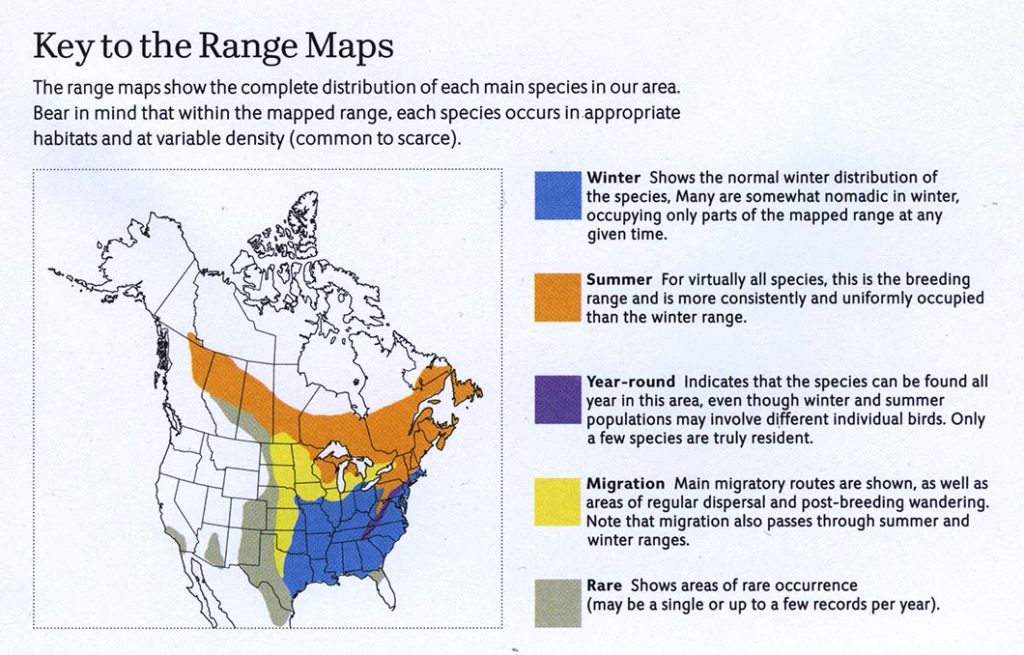
They are all the same (with one exception). The Sibley Guides to Birds and Trees have only one binding, called “flexibound”. It is a flexible cover, thicker than a typical paperback and extending beyond the page edges. It is intermediate between the traditional “paperback” and “hardcover” styles, and many sellers list it as one of those two categories.
Regardless of how it is listed, all copies for sale have the same flexibound cover. The only exception is the Sibley Guide to Bird Life and Behavior, which was originally published in a hardcover binding, but is now sold as flexibound.
These books share the same illustrations and maps, and very similar text, differences are mainly in the size of the books and the inclusion of species and variations.
Summary: The big guide is more of a reference book and is recommended when you want to have access to all species and as much information as possible about every species. The smaller Eastern and Western Guides are true “Field Guides” and are recommended when you want a more portable size and a book that focuses on the species and variations you are most likely to see.
Size: The Eastern and Western guides are much smaller. At just under 5 by 8 inches, and under 1.5 pounds, they will fit into many pockets. The “Big Sibley” is larger at 6.25 by 9.75 inches, and nearly twice as heavy at 2.5 pounds. It will fit in a large jacket pocket, but generally has to be carried in a backpack or other bag.
Some benefits of the larger size of the big Bird Guide is that maps are larger (about 10%) and illustrations are larger (variable but up to 20% or more), and there is room for more illustrations and text.
Species included: The big guide covers over 900 species – all of the regularly occurring species (and some rarities) found in North America north of Mexico. The smaller Field Guides leave out the species that are absent or very rare in that region. The Western Guide includes about 715 species and the Eastern guide includes about 650 species.
Variations included: To make room for all of those species in a smaller format, the Eastern and Western guides include fewer images of each species. Species that are rare in a region have very limited coverage with only one to three illustrations, and even many common species have the number of illustrations reduced, with some subtle or seldom-seen variations dropped.
Differences in content: The text for many species is changed slightly between the three books. Mostly this reflects regional differences in status or other features, but in some cases text was also rewritten to reflect different identification challenges in each region. Some text simply wouldn’t fit in the smaller books and was cut (for example, voice descriptions are shortened), and the sidebar essays on various topics are slightly different among the three books. The revised Eastern and Western field guides were published two years later than the big guide, and include several species of introduced exotic birds that are not included in the big guide. These are primarily found in southern California and Florida: Pin-tailed Whydah, Bronze Mannikin, Orange-cheeked Waxbill, and Cinnamon-rumped Seedeater, and Japanese White-eye.
No. Only species found in the continental US and Canada (north of Mexico) are included. Additional species found in Hawaii, Mexico, the Bahamas, etc. are not included in the Sibley Guide to Birds.
A discussion of updates and corrections to this edition can be found here
Information from the publisher Alfred A. Knopf, Inc
Compact and comprehensive, this guide features 715 bird species, plus regional populations, found west of the Rocky Mountains. Entries include stunningly accurate illustrations–more than 5,046 in total–with descriptive captions pointing out the most important field marks. Each entry has been updated to include the most current information concerning frequency, nesting, behavior, food and feeding, voice description, and key identification features. Here too are more than 652 updated maps drawn from information contributed by 110 regional experts across the continent, and showing winter, summer, year-round, migration, and rare ranges.
This new and improved edition includes:
- Updated habitat, description, behavior, and conservation text for each species account and all family pages.
- New and revised illustrations of species and regional forms.
- New design featuring species accounts in columns, allowing for better comparison and more illustrations and text.
- Current taxonomic order and up-to-date common names.
- All maps revised to reflect the most current range information.
- More species and rarities included
Also available from:
or from any of the stores on my events schedule
Version history:
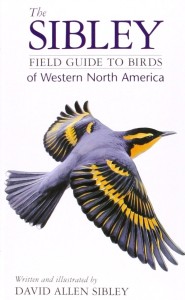 |
First EditionFirst printing – March 2003 |
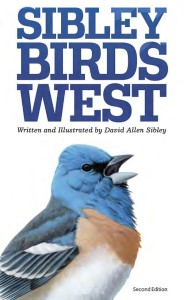 |
Second EditionFirst printing – March 2016 |


